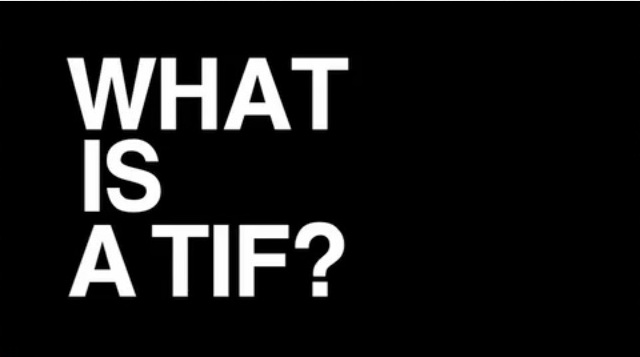Mayor's Office Asks "What Is A TIF?" In New Video
By Chris Bentley in News on Jun 7, 2012 8:48PM

What exactly is a TIF, you ask? Well, Mayor Rahm Emanuel’s office posted a video on YouTube that purports to answer just that question, and tellingly omits any passable explanation of City Hall’s go-to development tool, tax increment financing.
This children’s book-style satire from 2008 Medill student Adam Verwymeren does a much better job of explaining TIFs: “Some people say TIFs are like a big piggy bank for the mayor to use for whatever he wants. And these people say we can’t trust the mayor.”
The new video begins with person-on-the-street interviews that apparently typify the average Chicagoan’s ignorance of the city’s $500-million development fund. TIFs flag a portion of property taxes paid within certain “blighted areas” for redevelopment. For up to 23 years, the city freezes property tax rates within the area’s boundaries and the taxes on all new property value added during the lifetime of the district go into a fund intended for reinvestment in that area.
But critics say that amounts to a slush fund for the Mayor — one that is not subject to regulations applied to money in the city’s general fund. It also bends the meaning of the word "blighted." A Chicago News Cooperative (R.I.P.) report found a huge chunk of TIF monies went to profitable companies and some non-profits centered in the loop, while many of the city's actual economically depressed areas received little benefits.
We had high hopes when Emanuel promised TIF reform last May. He convened a 10-person task force charged with returning TIF to “its roots … job growth, economic growth, neighborhood development.” The resulting report called on the Mayor’s Office to better report its expenditures and beef up the its test for whether a project requires TIF assistance.
Notably absent from their recommendations was any analysis of whether campaign contributions correlated with TIF projects, or any holistic scrutiny of how TIF funding might entrench the city’s historical disparities in neighborhood development.
“It’s a new day and a new regime around TIFs,” Emanuel says. Vaguely despotic Freudian slip notwithstanding, he is correct — now at least the mayor’s office issues videos instead of PDFs to obscure clarity. And, to be fair, TIF districts in less blighted neighborhoods still pass muster; it’s just that job growth projections often win the day (or City Hall’s ear) over disgruntled citizens.